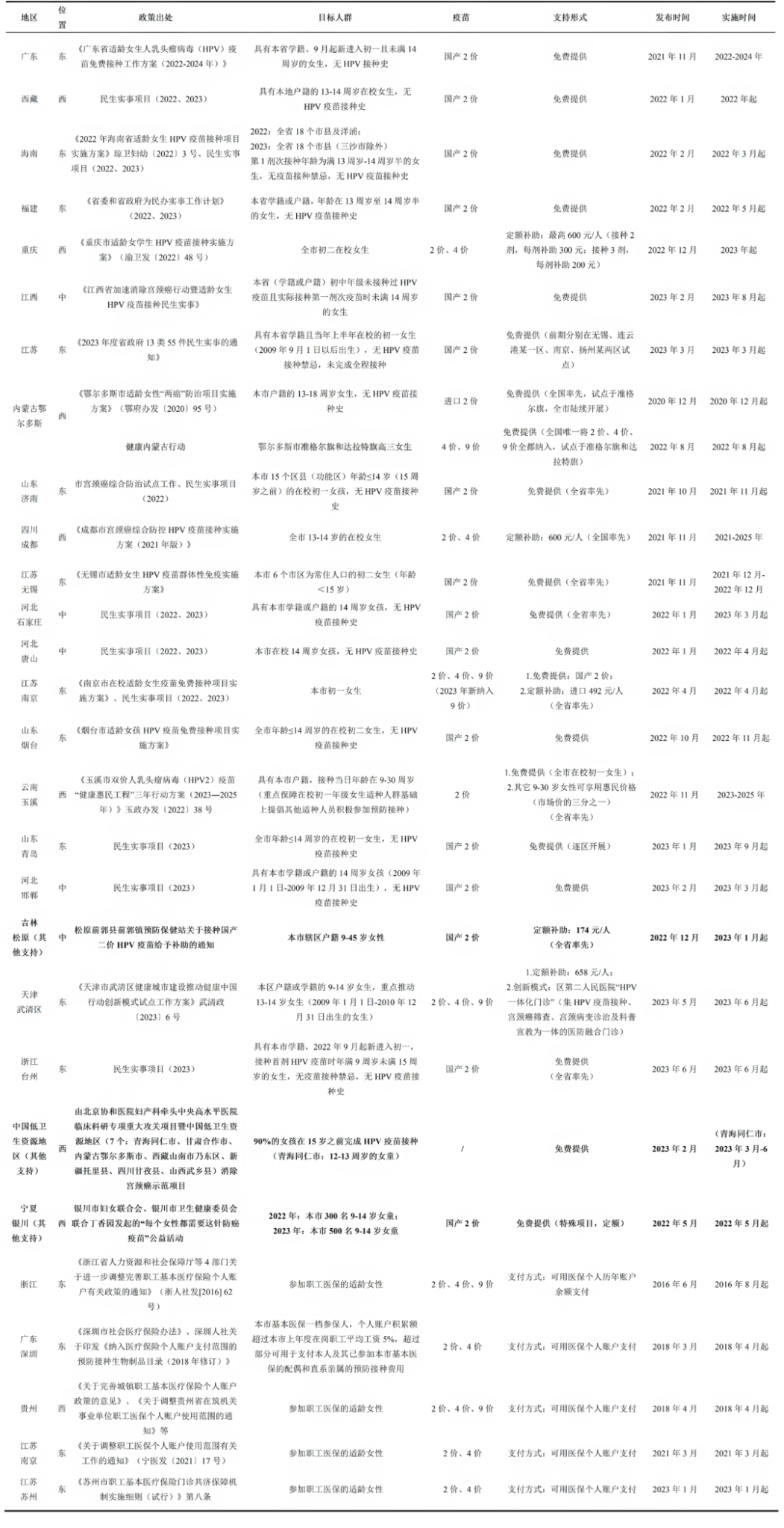抗微生物药物耐药性(AMR)是全球公共卫生的重大挑战,而儿童腹泻是抗生素过度使用的重要情境之一。轮状病毒(RV)是五岁以下儿童急性腹泻的主要病因,尽管感染多为自限性,无需抗微生物药物(Antibiotic,以下使用其简化名称“抗生素”)治疗,但由于诊断手段不足,相关病例在临床实践中常被误用抗生素处方,从而加速了耐药性的产生与传播1,2。WHO”免疫议程2030”亦明确指出,应推动轮状病毒疫苗(RVV)在尚未引入的国家全面落实,并提升覆盖率至 ≥90%,以减少抗生素使用并降低AMR传播风险3。
轮状病毒、腹泻与抗生素使用的相关性
轮状病毒是全球儿童腹泻最重要的病原体之一,在疫苗引入前,每年导致超过2亿例腹泻病例和约45万例死亡4。在低中收入国家(LMICs),RV相关住院和死亡负担尤为突出5。
尽管轮状病毒感染为自限性病毒性疾病,无需抗生素治疗,但在临床实践中,儿童腹泻常常被经验性地开具抗生素处方。不必要的抗生素使用不仅增加了家庭和医疗系统的负担,还直接推动了耐药菌株的选择与传播6。在部分LMICs,即便其中大部分为病毒病因, 仍有40–60%的儿童腹泻病例接受抗生素治疗7。Rogawski 等人报告称,在 8 个 LMIC 国家中,45.8% 的两岁以下儿童 腹泻发作使用抗生素治疗8,驱动因素包括诊断工具不足、医生经验性用药习惯、缺乏优化抗生素治疗的替代方法,以及医疗体系对合理用药缺乏监管9-11。即便在高收入国家,因腹泻导致的抗生素不合理使用依然存在12。
研究显示,RV相关腹泻对儿童抗生素使用的贡献尤为突出。全球肠道多中心研究(GEMS)报告,在LMICs儿童中,腹泻相关抗生素使用占总体抗生素使用的重要部分,其中RV单一病原导致了29.2%(24.5–35.2%)的抗生素治疗病例,且在出生后1–2年内占比最高13。
轮状病毒疫苗与抗生素使用减少的证据
轮状病毒疫苗的引入显著影响了全球儿童腹泻疾病的流行格局。2024年,已有超过129个国家将轮状病毒疫苗引入国家免疫规划14。一项全球数据监测显示,在引入轮状疫苗的国家,RV相关急性肠胃炎住院下降幅度可达40%15。越来越多的研究显示 RVV 还能减少不必要的抗生素处方,从而在缓解抗微生物药物耐药性方面发挥间接作用。世界卫生组织(WHO)的技术评估进一步显示,2019 年全球约有 4,600 万份抗生素处方与轮状病毒相关,其中约 1,500 万份可通过疫苗接种避免(表 1)。
表1 2019年各WHO区域轮状病毒相关抗生素使用量及疫苗可避免的使用量
| WHO 地区 | 抗生素使用量 (DDD,95%UI) | 疫苗可避免抗生素使用量(DDD,95%UI) |
| 非洲区域(AFR) | 15 (8.4-22) 百万 | 4.6 (2.6–7) 百万 |
| 欧洲区域(EUR) | 2.4 (1.7-5.8) 百万 | 1.1 (0.48–2.1) 百万 |
| 东地中海区域(EMR) | 3.4 (1.7-5.8) 百万 | 4.4 (2.3–7) 百万 |
| 东南亚区域(SEAR) | 3.4 (1.7-5.8) 百万 | 2.8 (1.7–3.9) 百万 |
| 美洲区域(AMR) | 3.4 (1.7-5.8) 百万 | 0.48 (0.24–0.82) 百万 |
| 西太平洋区域(WPR) | 3.7 (2.2-6) 百万 | 2 (1.2–3.2) 百万 |
| 全球(GLOBAL) | 46 (30-63) 百万 | 15 (10–21) 百万 |
来源:WHO Estimating the impact of vaccines in reducing antimicrobial resistance and antibiotic use- technical report. https://www.who.int/publications/i/item/9789240098787
Lewnard等(2020)在一项基于低中收入国家嵌入式病例对照研究中表明,当前疫苗覆盖水平下,RVV每年可直接预防0-23 个月龄儿童约1360万例接受抗生素治疗的腹泻病例,占轮状病毒导致的抗生素治疗病例的31.0%(95% CI: 17.7–35.2%)9。若实现全民覆盖,可额外直接预防该人群中约1830万例抗生素治疗病例,相当于减少42.1% (95% CI: 14.6% – 50.7%)的轮状病毒相关抗生素使用。另一项聚焦印度的动态模型研究则发现,全国范围内的RVV接种使五岁以下儿童轮状病毒病例患病率下降了33.7%,相关抗生素滥用总人数减少了21.8%,死亡病例下降了38.3%。研究还预测,如果接种覆盖率提升至68.1%,五岁以下儿童的轮状病毒患病率将显著下降,抗生素不当使用的比例也会随之减少15。
真实世界证据显示,RVV接种与抗生素处方减少密切相关。美国一项覆盖2007–2018年的研究发现,完成接种的儿童在确诊急性胃肠炎后的五年内,抗生素处方的累积发生率显著降低(HR=0.793, 95% CI: 0.761–0.827),更换抗生素的概率也更低,估算结果显示全国范围内避免了约67,045份抗生素处方12。在利比亚的医院监测中,也观察到RVV接种与抗生素处方下降之间的一致趋势7。
需要注意的是,现有研究对轮状病毒疫苗(RVV)减少抗生素使用的效果可能仍是保守估计。RVV不仅对接种个体具有直接保护效应,还能通过减少人群中的病毒传播而产生群体免疫,并已被证明可以为未接种的儿童和成年人提供针对轮状病毒胃肠炎的间接(群体)保护16,17。从而减少这一人群的疾病发生和相关抗生素处方12。然而,大多数研究并未系统评估这种间接效应,可能低估了疫苗在群体水平上的总体影响。
文字撰稿:刘子祺
审核校对:张馨予
参考文献
1. Rappuoli, R., Pizza, M., Del Giudice, G., & De Gregorio, E. (2014). Vaccines, new opportunities for a new society. Proceedings of the National Academy of Sciences of the United States of America, 111(34), 12288–12293. https://doi.org/10.1073/pnas.1402981111
2. Jansen, K. U., Gruber, W. C., Simon, R., Wassil, J., & Anderson, A. S. (2021). The impact of human vaccines on bacterial antimicrobial resistance. A review. Environmental chemistry letters, 19(6), 4031–4062. https://doi.org/10.1007/s10311-021-01274-z
3. World Health Organization. (2021). Implementing the Immunization Agenda 2030. Geneva: WHO. https://www.who.int/publications/m/item/implementing-the-immunization-agenda-2030
4. Tate, J. E., Burton, A. H., Boschi-Pinto, C., Steele, A. D., Duque, J., Parashar, U. D., & GRSN Team. (2012). 2008 estimate of worldwide rotavirus-associated mortality in children younger than 5 years before the introduction of universal rotavirus vaccination programmes: A systematic review and meta-analysis. The Lancet Infectious Diseases, 12(2), 136–141. https://doi.org/10.1016/S1473-3099(11)70253-5
5. Tate, J. E., Burton, A. H., Boschi-Pinto, C., Parashar, U. D., & World Health Organization–Coordinated Global Rotavirus Surveillance Network (2016). Global, Regional, and National Estimates of Rotavirus Mortality in Children <5 Years of Age, 2000-2013. Clinical infectious diseases: an official publication of the Infectious Diseases Society of America, 62 Suppl 2(Suppl 2), S96–S105. https://doi.org/10.1093/cid/civ1013
6. World Health Organization. (2015). Global Action Plan on Antimicrobial Resistance. Geneva: WHO. https://www.who.int/publications/i/item/9789241509763
7. Alkoshi, S. I., Ernst, K. C., & Dahlui, M. B. (2017). Antibiotic usage for rotaviral diarrhea among children in Libya. International Journal Of Community Medicine And Public Health, 3(1), 37–41. https://doi.org/10.18203/2394-6040.ijcmph20151545
8. Rogawski, E. T., Platts-Mills, J. A., Seidman, J. C., John, S., Mahfuz, M., Ulak, M., Shrestha, S. K., Soofi, S. B., Yori, P. P., Mduma, E., Svensen, E., Ahmed, T., Lima, A. A., Bhutta, Z. A., Kosek, M. N., Lang, D. R., Gottlieb, M., Zaidi, A. K., Kang, G., Bessong, P. O., … Guerrant, R. L. (2017). Use of antibiotics in children younger than two years in eight countries: a prospective cohort study. Bulletin of the World Health Organization, 95(1), 49–61. https://doi.org/10.2471/BLT.16.176123
9. Lewnard, J. A., Lo, N. C., Arinaminpathy, N., Frost, I., & Laxminarayan, R. (2020). Childhood vaccines and antibiotic use in low- and middle-income countries. Nature, 581(7806), 94–99. https://doi.org/10.1038/s41586-020-2238-4
10. Fink, G., D’Acremont, V., Leslie, H. H., & Cohen, J. (2020). Antibiotic exposure among children younger than 5 years in low-income and middle-income countries: a cross-sectional study of nationally representative facility-based and household-based surveys. The Lancet. Infectious diseases, 20(2), 179–187. https://doi.org/10.1016/S1473-3099(19)30572-9
11. Holloway, K. A., Ivanovska, V., Wagner, A. K., Vialle-Valentin, C., & Ross-Degnan, D. (2013). Have we improved use of medicines in developing and transitional countries and do we know how to? Two decades of evidence. Tropical medicine & international health : TM & IH, 18(6), 656–664. https://doi.org/10.1111/tmi.12123
12. Hall, E. W., Tippett, A., Fridkin, S., Anderson, E. J., Lopman, B., Benkeser, D., & Baker, J. M. (2022). Association between rotavirus vaccination and antibiotic prescribing among commercially insured US children, 2007–2018. Open Forum Infectious Diseases, 9(7), ofac276. https://doi.org/10.1093/ofid/ofac276
13. Lewnard, J. A., Rogawski McQuade, E. T., Platts-Mills, J. A., Kotloff, K. L., & Laxminarayan, R. (2020). Incidence and etiology of clinically-attended, antibiotic-treated diarrhea among children under five years of age in low- and middle-income countries: Evidence from the Global Enteric Multicenter Study. PLoS neglected tropical diseases, 14(8), e0008520. https://doi.org/10.1371/journal.pntd.0008520
14. World Health Organization. (n.d.). Introduction of rotavirus vaccine. Immunization data. Retrieved September 24, 2025, from https://immunizationdata.who.int/global/wiise-detail-page/introduction-of-rotavirus-vaccine?ISO_3_CODE=&YEAR=
15. Gleason, A., Kumar, C. K., Klein, E., Laxminarayan, R., & Nandi, A. (2024). Effect of rotavirus vaccination on the burden of rotavirus disease and associated antibiotic use in India: A dynamic agent-based simulation analysis. Vaccine, 42(22), 126211. https://doi.org/10.1016/j.vaccine.2024.126211
16. Pindyck, T., Tate, J. E., & Parashar, U. D. (2018). A decade of experience with rotavirus vaccination in the United States – vaccine uptake, effectiveness, and impact. Expert review of vaccines, 17(7), 593–606. https://doi.org/10.1080/14760584.2018.1489724
17. Patel, M. M., Glass, R., Desai, R., Tate, J. E., & Parashar, U. D. (2012). Fulfilling the promise of rotavirus vaccines: how far have we come since licensure?. The Lancet. Infectious diseases, 12(7), 561–570. https://doi.org/10.1016/S1473-3099(12)70029-4





